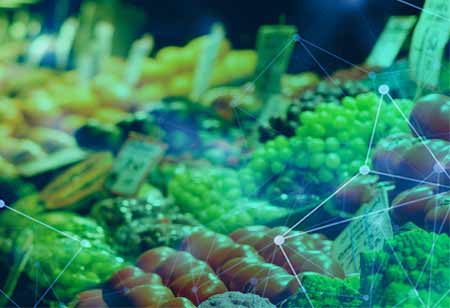Thank you for Subscribing to Food Business Review Weekly Brief
The Application of Automation Technology in Bakeries
Even a small bakery nowadays will need to use technology to speed up the baking process.

By
Food Business Review | Wednesday, February 09, 2022
Stay ahead of the industry with exclusive feature stories on the top companies, expert insights and the latest news delivered straight to your inbox. Subscribe today.

Balancing quality needs with production demands is difficult in the baking sector. However, thanks to technological advancements, manufacturing is now faster, and demand is met.
Fremont, CA: Even a small bakery nowadays will need to use technology to speed up the baking process. The two key driving factors in this business are quality and time. The clients will benefit in the long run if bakeries provide high-quality cakes or bread on schedule, which will lead to business growth. Accounting should be considered when looking at production; all of this is made easier by computers, and bakeries can easily keep track of how many sorts of bread are produced in a day and how many are sold.
Bakeries can automate the record-keeping process. Since time and temperature are both vital in a bakery, the thickness of the crust and the moistness of the crumb are all determined by time and temperature. So, if bakers do this manually, they would spend a lot of time and provide poor outcomes. If bakeries automate this for temperature, they will save a lot of time and money while still producing high-quality items. Most experienced bakeries utilize a system of wireless sensors to collect time and temperature, which is then relayed to readers.
As a result, if a certain region of the bakery becomes too hot or too cold, the system will instantly send notifications to technical workers to come and rectify the problem. This decreases losses and the manufacture of low-quality items. A well-equipped bakery will transfer a finished product from the blast freezer to a cold pack room for improved results. Employees in this room will package the product in a cold 40 to 50 degree temperature. This preserves the product's freshness.
After packaging, the goods must be delivered to sales outlets; thus, the bakery will have a delivery van equipped with a system that keeps these products fresh. As a result, even the vehicle is outfitted with 40 – 50 degree temperatures to ensure that the goods remain fresh upon delivery. As a result, both the supplier and the customer benefit. Because the provider produces things on time and they arrive on time. The consumer will then receive fresh goods on time.






